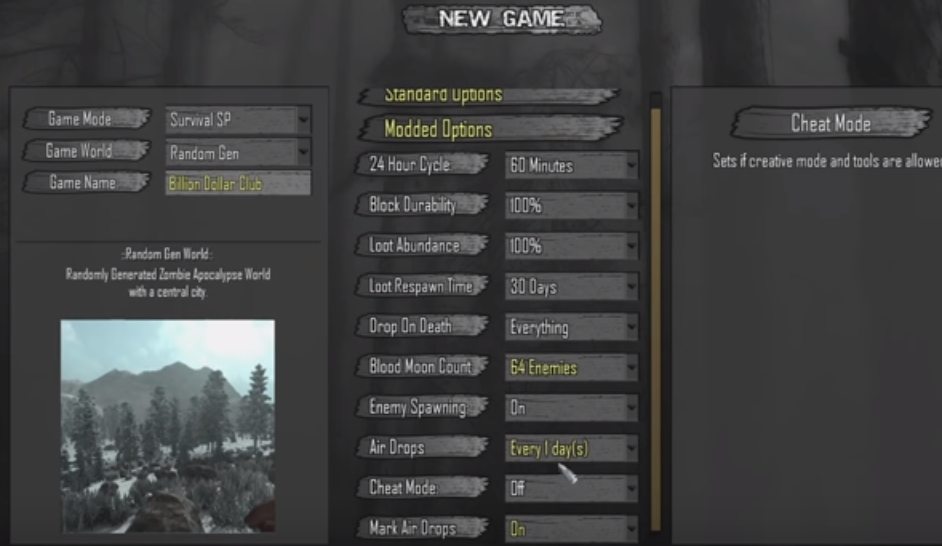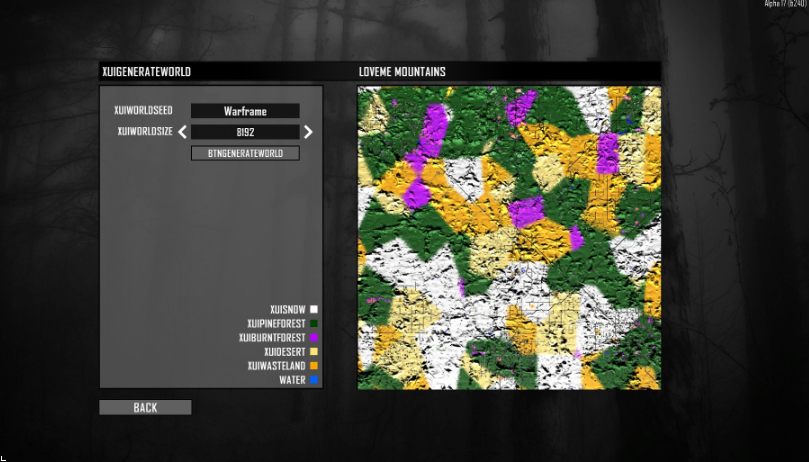

Here are some tips for hardening off your plants: These changes make plants more resilient and able to withstand temperature changes, less frequent watering, and breakage from wind gusts.ĭuring the hardening off period, gradually introduce your plants to the outdoors during the day for a few hours at a time, slowly increasing the amount of time they spend outside and the amount of direct sunlight and wind exposure they receive. Providing them with a gradual transition to the outdoors will help them become stronger and more resilient.Īs Lois Miklas, Master Gardener Coordinator at Penn State Extension points out, a whole host of changes occur in young plants during this period: leaf surfaces thicken and strengthen, they become less prone to freezing, more food is stored in plant tissues, roots grow more quickly, and stem and leaf growth slows. Tender transplants are vulnerable to outdoor weather conditions. If the majority of your seeds germinate and you end up with two or three plants growing in each cell of your tray, you may need to thin them. The purpose of this is to simulate wind and help strengthen their stems. Optionally, you can expose your young tomatoes to the breeze of a gentle fan, or gently brush your hands over their leaves a few times a day.

Interior temperatures over 95☏ will stunt growth. Ventilate your germination station so it doesn’t get too hot.When starts are bigger and require more water, switch to a small watering can or teapot.Water once or twice a day with your spray bottle when the surface of the soil is dry.You will need to care for your young tomatoes every day. If your “germination station” is a greenhouse, cold frame, terrarium, or domed tray, you can leave your plants there to grow. To correct for this and get your plants to straighten out, rotate your seed trays every few days. When using a window for light, your plants will lean towards the window. If you are using a grow light, place it two to three inches above your starts. Make sure you are ready to provide light to your newly emerged tomatoes – whether it’s sunlight from a bright, southern window or artificial light from a grow light.

If you used plastic wrap over your seed trays, remove it now. Tiny seedlings will rise out of the soil, perhaps holding the seed cases they just emerged from aloft on one of their seed leaves, or cotyledons. Within a week or two, germination will take place. Fill each cell loosely, then gently tap the tray to remove any air pockets. Place some starting mix in your seed trays. Now you’re finally ready to get started, so let’s go.

Learn more about when’s the best time to sow vegetable seeds indoors and outdoors in this helpful guide. This is when you should begin your tomato seed starting project. So, take your last frost date and count back four weeks. If you get started just four weeks before your last frost, then your starts should be ready for transplanting two weeks after your last frost. We’re going to be a bit more cautious than that. Most seed packets recommend starting tomato seeds four to six weeks before your last frost date, but they assume you will set out your transplants close to this date.
7 days to die seeds code#
Just type in your zip code and the tool will calculate your average last frost date and display it on the screen. If you don’t already know it, you can look it up at the Old Farmer’s Almanac. First, determine the average last frost date for your area.


 0 kommentar(er)
0 kommentar(er)
